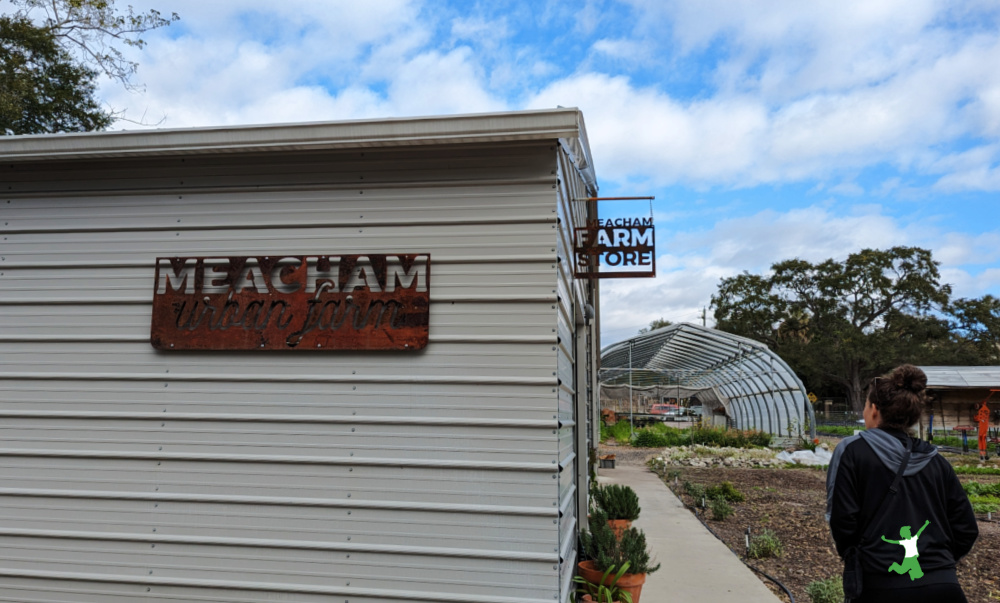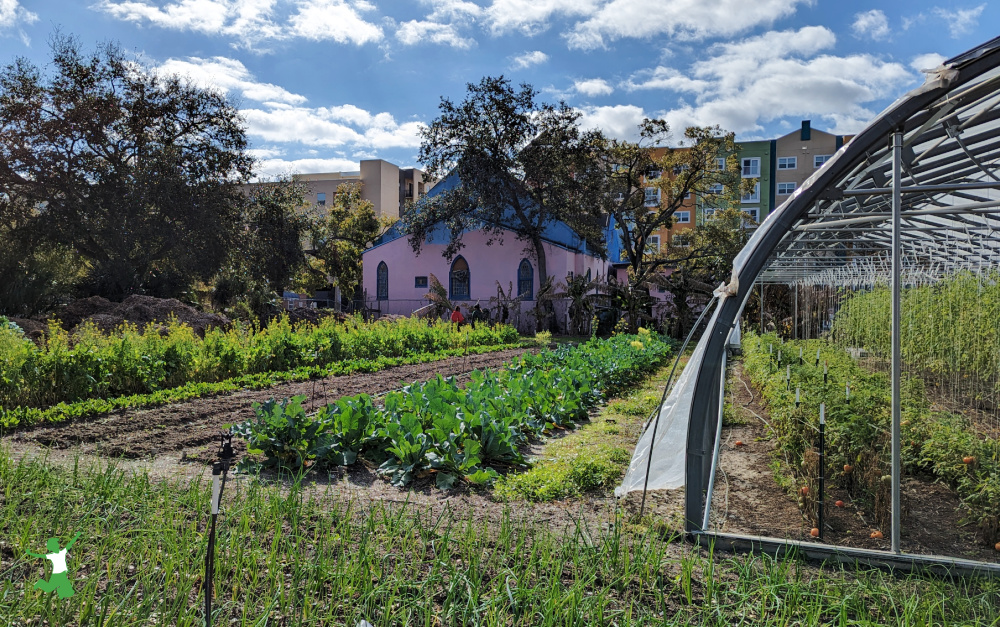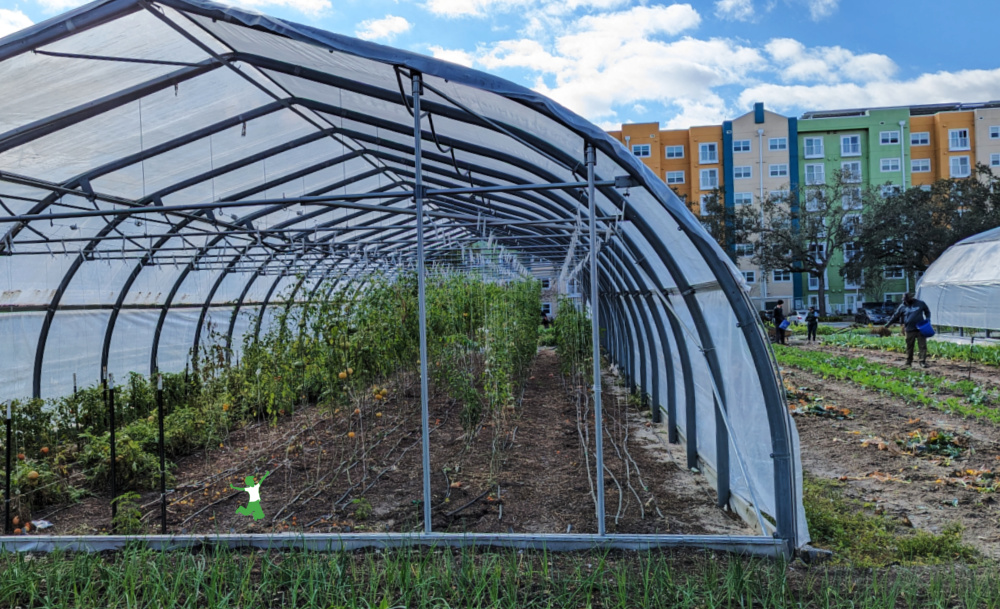Table of Contents[Hide][Show]
Comparison of local food options such as farmers’ markets, community supported agriculture (CSA), and urban farms.

In one of the most encouraging trends of our time, more people than ever are making the switch to local food.
This movement is born out of necessity in many cases.
For example, the quality of the food supply continues to rapidly decline, with the specter of mRNA injections for livestock already here, although the public largely remains unaware of the roll-out. (1)
“You will eat ze bugs” is not a conspiracy theory. Bug protein is being added as a stealth ingredient already in many processed foods in the EU with the United States not far behind. (2)
In addition, food shortages from continued attacks on our supply chains threaten eventual mass disruption of delivery mechanisms. (3)
Local Food is the Best Health Insurance
The best insurance policy for these problems is establishing your own network of local food sources!
Activist Dr. Vandana Shiva goes so far as to say that “farmers are the physicians of the future”.
While you will pay more for this type of food, it is better quality, more nourishing, and tastes better!
You can also rest easy with the knowledge that you are on a first-name basis with the farmers who produce your food.
Thus, knowing exactly the techniques employed from seed or pasture to table can be ascertained quickly and directly.
This compares to the word salad email responses you receive from customer service personnel when inquiring about brand ingredients and production methods.
Once you’re ready to cast your vote for the survival of humanity and the planet by buying locally produced instead of corporate food, you quickly notice that there are three predominant business models that are available.
- Farmers Markets
- Community Supported Agriculture (CSAs)
- Urban Farms
The good news is that all of these options are fantastic!
What you simply need to determine is which business model fits your personal routine and approach to food shopping the best. Or, use all three if you prefer.
There is no “one size fits all” when it comes to local food. There is also overlap between the different models as well. More of this later!
Below, I describe each method. As you are reading, consider which would seem to fit your lifestyle and schedule most optimally.
Then, get out there and start supporting your local farmers with your food dollars!

Farmers Markets
Farmers’ markets are perhaps the best-known option for procuring local food.
This type of business model is where a group of farmers assemble in a specific location on a recurring basis to sell their food and other products directly to the public.
Farmers’ markets can range from small to quite large. St. Pete Market, which hosts about 10,000 visitors every Saturday, is probably the largest and best-known in my community.
However, my tiny community also has a Saturday morning farmer’s market with just a few vendors.
My husband and I make it a point to visit the farmers’ market for any out-of-town location we are visiting. You can get a feel for a community better by doing this than almost anything else!
The one downside of farmer’s markets is that the consumer does not visit the farm directly. This leaves the door open to potential scammers (vendors have been known to buy mass-produced food and pass it off as local).
This problem is rectified by having the coordinator(s) for the farmers’ market physically visit the farms of each of the approved vendors to ensure authenticity.
In my opinion, it can also sometimes be difficult to verify that produce was grown in the soil (hydroponics has low nutrient density and is not something I will buy).
Community Supported Agriculture (CSA)
Community Supported Agriculture or CSA is another method of directly connecting farmers with consumers in a mutually beneficial business model.
Here’s how it works in a nutshell. A farmer offers a certain number of “shares” to the surrounding community.
Most commonly, the “share” is a bag of vegetables provided every week during the farming season. However, other farm products may be included as well.
To participate, consumers purchase a membership share and are normally required to pick up at the farm during a specified time each week.
CSAs may offer a limited number of shares at a discount if a certain number of volunteer hours at the farm are provided.

Urban Farm
Urban farms are another local food option that is springing up.
The one where I shop in my community (Meacham Urban Farm) is a blend of a CSA and a farmer’s market.
For example, consumers can purchase a “farm card” to get product discounts and benefits such as online shopping.
But, a card is completely optional as anyone can shop there during business hours, which are more flexible than a typical farmer’s market.
You also see exactly where the produce is grown, right there on site where you are buying.
Beef, chicken, artisanal bread, and other local foods are also available.
A unique twist of urban farms is that they market not only their own products but also those of other local farms.
Thus, their product selection takes on the flair of a farmer’s market while also building consumer loyalty such as what a CSA offers.
Below is a short video of what I bought recently on my weekly trip to my local urban farm.
Which style of local food works best for you?
Please share links to your favorite CSAs, urban farms and farmers’ markets below!
(1) mRNA Vaccines in Livestock and Companion Animals are here now.
(2) Bugs to be used in bread, beer, and various other items ‘intended for the general population,’ courtesy of the EU
(3) Food Processing Plants And Distribution Centers Are Burning Down. *UPDATE 11* One Of Largest US Egg Suppliers Burns Down







Leave a Reply